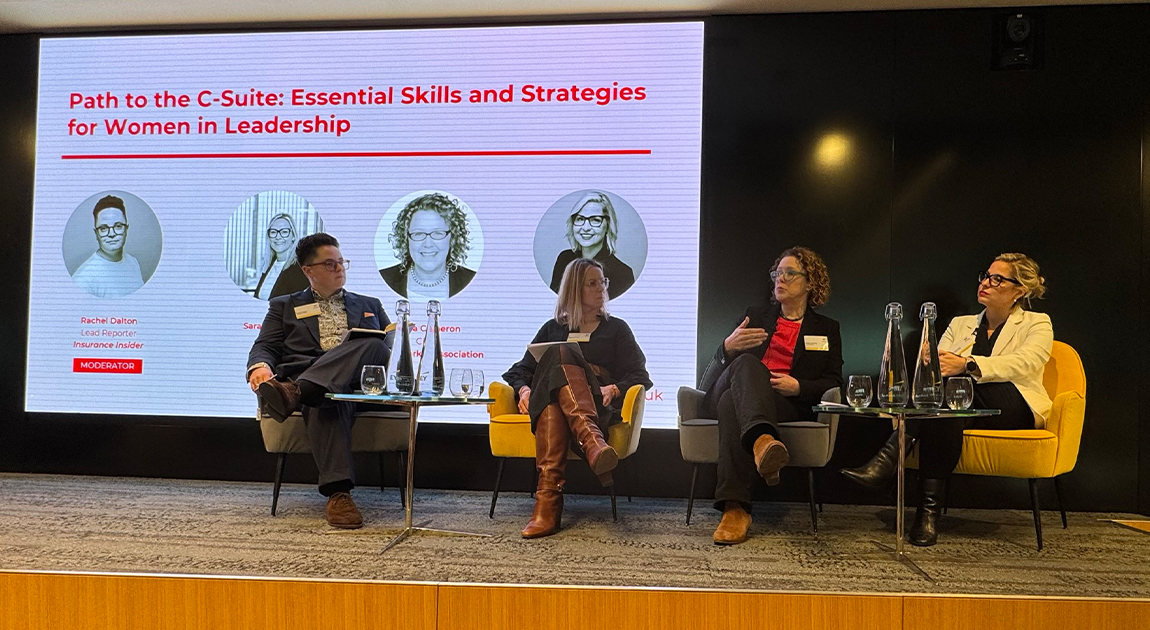
Women in the C-Suite and the Path to Leadership
Sarah Stanford, CEO Aspen UK, recently spoke at an Insurance Insider breakfast briefing, where the panelists discussed women in the C-Suite and the Path to...

Insurers need to take a comprehensive and collaborative approach to stem the rising tide of social inflation.
This approach should be one that involves not only assessing corporate risk and developing and implementing strategies with their insureds and co-insurers but also, collectively, working with lawmakers to help eliminate its root causes.
However, insurers need to acknowledge that the risk of a nuclear verdict is one that needs to be better managed by the industry but can never be eliminated.
Aside from the financial and reputational damages for insurers and insureds, social inflation can lead to inadequate or unaffordable insurance for consumers, resulting in more expensive or unavailable services. More broadly speaking, its consequences can lead to a ripple effect that is beyond insurance—impacting societal, economic, legal and behavioral norms.
Nuclear Verdicts and Settlements
Social inflation is leading to so-called “nuclear verdicts” where plaintiffs are receiving awards in the tens of millions and, in some cases, hundreds of millions of dollars. In these cases, the non-economic damages of the case far outweigh its economic damages.
This has spawned “nuclear settlements,” which are driven by the fear that a nuclear verdict will be in excess of the defendant’s available insurance policy limit. With insureds increasing pressure on insurers to settle within the available limits, this has resulted in settlement values being driven up as insurers are rightly concerned with the potential risk of bad faith.
The insurance market’s understandable response to increasing verdicts and settlements has been to increase rates, reduce capacity, increase attachment points, and tighten terms and conditions. However, that only increases the pressure on carriers to settle within the tower of coverage as the insured’s primary focus is to avoid an excess exposure.
“‘Nuclear settlements’ are driven by the fear that a nuclear verdict will be in excess of the defendant’s available insurance policy limit.”
Drivers of Social Inflation
There are multiple factors driving social inflation and increasing claims costs in the U.S. For example, an increase in third-party funding enables cases to be run for longer and more aggressively. Additionally, there is what appears to be a jury’s desire to “punish” insureds for perceived bad practices, especially where it relates to safety issues that have led to entirely avoidable serious injury or death. We have seen extremely large jury awards and settlements in auto accident claims, particularly where an insured was aware of poor practices within its facilities (such as depots) but took no steps to stop such practices.
The composition of jury panels is tending to be younger citizens who can hold anti-corporate stances and unrealistic views of appropriate product and workplace safety standards, causing larger consumer/ plaintiff verdicts. Therefore, it is critical that insureds understand the potential consequences of bad practices that could lead to injury or death, and insurers need to look to limit or restrict coverage in circumstances where an insured tacitly accepts such practices. In that event, if a jury believes that an insured should be punished for their behavior, the financial impact is materially impacting the entity that was at fault.
Social inflation not only adversely affects insurers and their liability accounts, but it also affects insureds more broadly. Social inflation is one of the leading factors in the deterioration of reserves on back years, as awards by juries in the U.S. continue to increase. Indeed, this is one of the main reasons insurers have looked to mitigate their risk by reinsuring their back years through loss portfolio transfers. So, what can insureds and their insurers do to stem the tide of increasing jury awards?
“Insurers that are prepared to reject a settlement in their layer, subsequently carry the risk that they could be liable for in excess of their policy limit.”
Here are six tactics insureds and insurers can employ to help mitigate the impact of social inflation and, as a consequence, nuclear verdicts and settlements:
Insurance Industry Best Practices
Insurers and insureds in the coverage layers need to work together more closely to prevent fear from driving up nuclear verdicts and settlements. Here are five best practices the industry needs to consider, which involve a great deal of collaboration:
This article originally appeared on Carrier Management with the title, Insurers, Insureds Must Collaborate to Get Ahead of Social Inflation, and has been reproduced here with their permission.